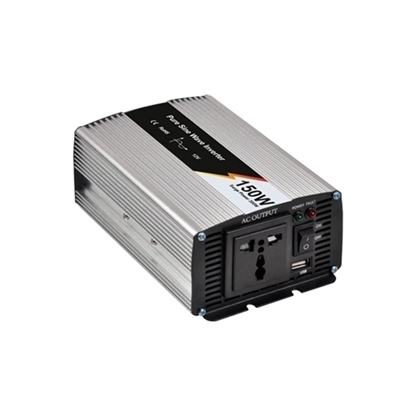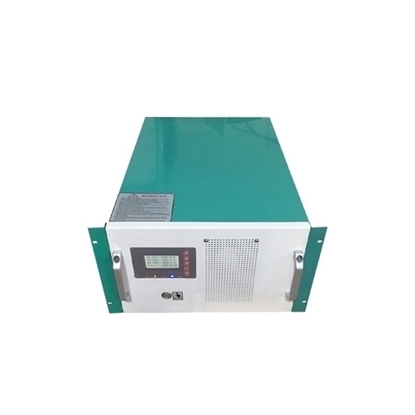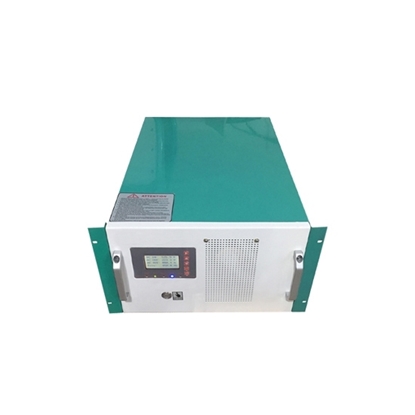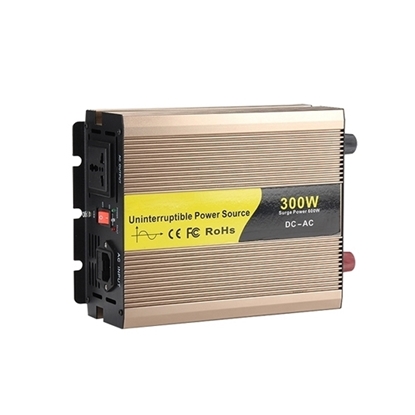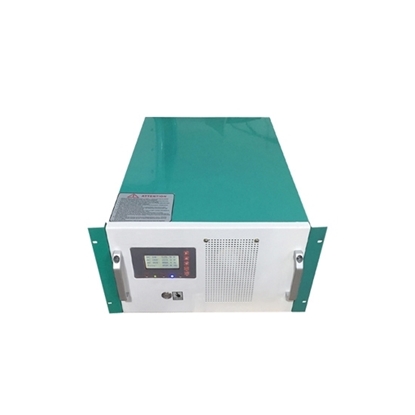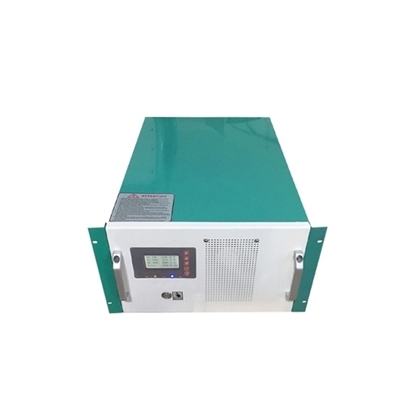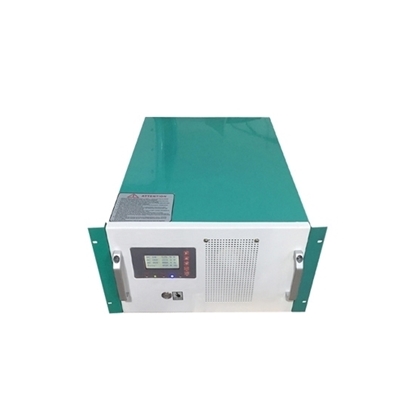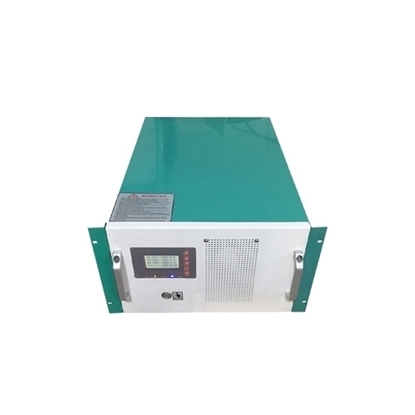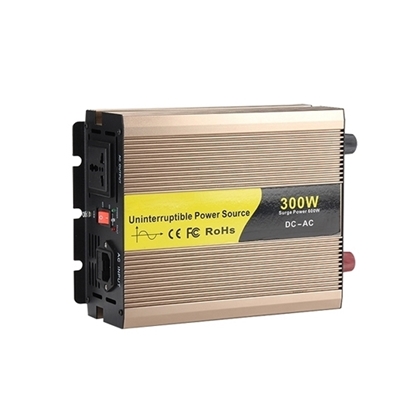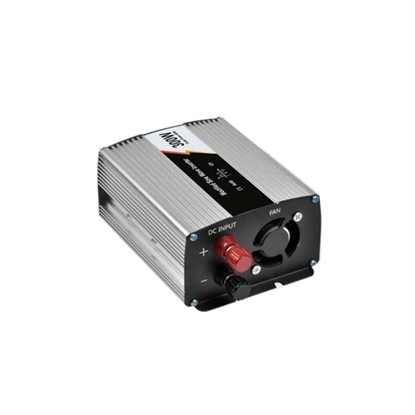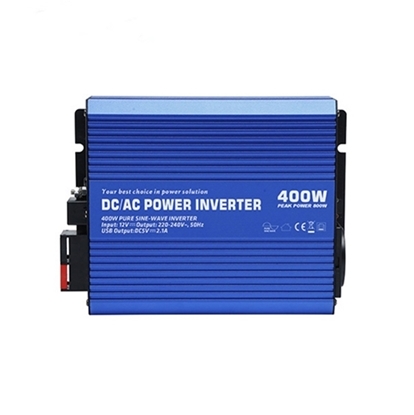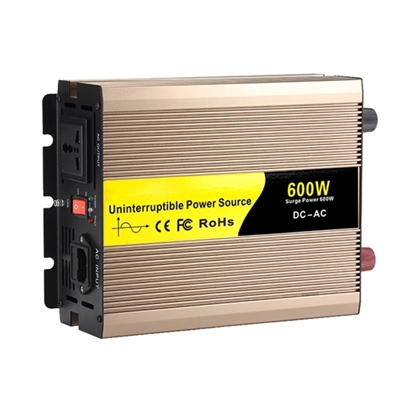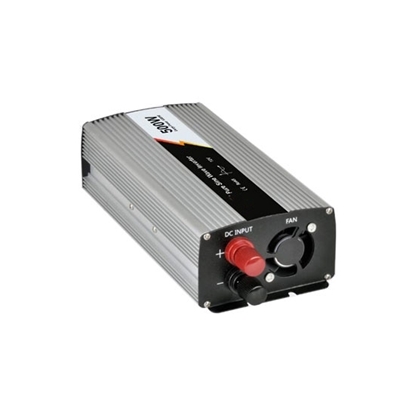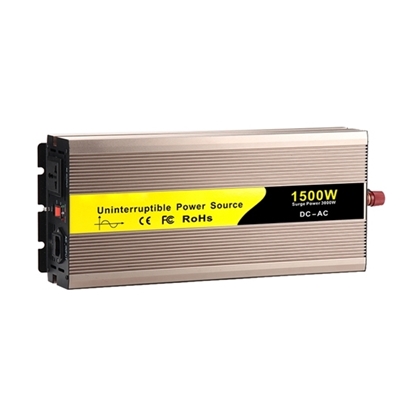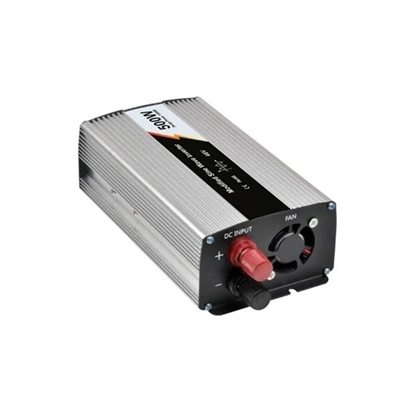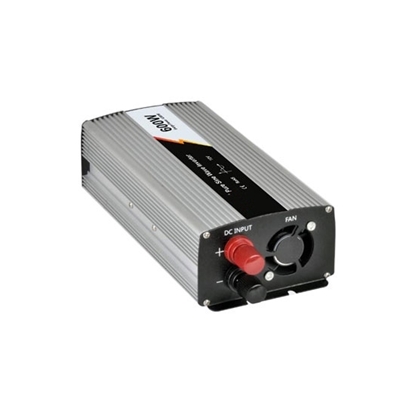Power Inverters
100 Watt Pure Sine Wave Power Inverter, 12 Volt DC to 220 Volt AC
150 Watt Pure Sine Wave Power Inverter, 24V DC to 220V AC
200 Watt Pure Sine Wave Power Inverter, 12V DC to 110V AC
10000W Marine Power Inverter
3000W Marine Power Inverter
300W (330 VA) UPS Inverter For Home
4000W Marine Power Inverter
5000W Marine Power Inverter
6000W Marine Power Inverter
8000W Marine Power Inverter
300 Watt Pure Sine Wave Power Inverter, 12V DC to 110V AC
500W (550 VA) UPS Inverter For Home
300 Watt Car Power Inverter, 12V DC to 220V AC
400 Watt Pure Sine Wave Power Inverter, 12V DC to 110V AC
600W (650 VA) UPS Inverter For Home
1000W (1100 VA) UPS Inverter For Home
500 Watt Pure Sine Wave Power Inverter, 12V DC to 220V AC
1500W (1600 VA) UPS Inverter For Home
500 Watt Car Power Inverter, 12V DC to 110V AC
600 Watt Pure Sine Wave Power Inverter, 12V DC to 110V AC
Nowadays, we are in a "mobile" era, including communication, working, and entertainment. In the mobile state, we not only need the DC power, but also need the AC power which is indispensable in our daily life. The power inverter can meet our needs.
A power inverter or inverter is a device to convert direct current (DC) power to alternating current (AC) power. In other words, the power invert is used to convert the 12/24/48V DC battery power to 110/120/220/230/240V AC household power. It is widely used to power the devices like cell phones, laptops, tablets, players, cameras, lights, TVs, refrigerators at home during power outage or on the road trip, camping, working trip, RV travel, or other outdoor activities where AC power is needed.
ATO provides four kinds of power inverters for your different load requirements, pure sine wave inverters (300W-6000W), modified sine wave inverters (300W-3000W), UPS inverters (300W-3500W) and inverter chargers (1000W-12000W). The modified pure sine wave power inverter is cheaper, but it is only suitable for some less sensitivity devices.The pure sine wave power inverter seems to be more expensive, but it produces cleaner power and has a wider range of applications, especially for the sensitive electronics, appliances or equipment. UPS inverter is a device that provides backup power to electronic equipment. An uninterruptible power supply (UPS), offers guaranteed power protection for connected electronics. The inverters/ chargers are low frequency type with transformer, UPS function, available with 12V, 24V and 48V from 1000W to 6000W.
4 Types Power Inverter in ATO:
Pure Sine Wave Inverter

Pure sine wave inverter is an electric energy conversion device that converts direct current into alternating current. It completes the inverter task by switching on and off power semiconductor devices according to specific rules.
Modern inverter technology is a science that studies the theory and application of inverter circuit and design method. It is a practical technology based on industrial electronics technology, semiconductor device technology, modern control technology, modern power electronics technology, pulse width modulation technology, semiconductor converter technology and magnetic materials. So the application of pure sine wave inverter runs through many fields of society and life.
Modified Sine Wave Inverter

A modified sine wave inverter, or quasi-sine wave inverter, actually has a waveform more like a square wave but with an extra step. A modified sine wave inverter will work fine with most equipment, although the efficiency or power of the equipment will be reduced with some. Due to the modified sine wave inverter's construction, these inverters are often more affordable than their pure sine wave counterparts. These types of inverters may be the optimal solution for larger projects that require less efficient power.
UPS Inverter

UPS, namely uninterruptible power supply, is a kind of uninterruptible power supply with constant voltage and constant frequency, which contains energy storage device and takes inverter as an important part. It is important for providing uninterrupted power supply to a single computer, computer network system or other power electronic equipment. When the mains input is normal, the UPS inverter will supply the mains voltage regulator to the load. At this time, the UPS is an AC mains voltage regulator, and it also charges the battery inside the machine. When the mains is interrupted, the UPS inverter will immediately supply 220V ac power to the load through the method of inverter conversion, so that the load can maintain normal work and protect the load software and hardware from damage.
Inverter Charger

As a combined inverter and charger in one unit, a series of inverter / chargers on ATO.com deliver pure sine wave AC power from DC power and work as a charger for powering a backup battery bank when a power outage occurs. The inverter / chargers are low frequency type with transformer, UPS function, available with 12V, 24V and 48V from 1000W to 6000W. With LCD display and remote control function, this inverter chargers also come with multi protections of overload, over-temperature, low battery and overcharge, to provide safe charging for your appliances or devices.
Power Inverters for the Home:

If you need emergency home backup power because your home experiences power loss during thunderstorms, hurricanes or severe winter weather, an inverter / charger helps keep essential appliances running.
Most often, emergency home backup power runs off a standard car battery, essentially turning your car into a generator. The car should be kept running while the inverter is in use to prevent the battery from becoming depleted. The inverter can still be used if the car is off, but this is not recommended for prolonged periods. If you do use the power inverter without the engine running continuously, start your car up every hour and let it run for 10 minutes to recharge the battery.
To create an emergency backup system without a vehicle, you can hook up two 12V car batteries to one power inverter. That will provide enough power to run the average household refrigerator for up to two days, depending on the size of the batteries, the size of the fridge and how full it is.
What Size Power Inverter do I Need?
An power inverter needs to supply two needs: peak, or surge power, and the typical or usual power.
- Surge is the maximum power that the large inverter can supply, usually for only a short time, a few seconds up to 15 minutes or so. Some appliances, particularly those with electric motors, need a much higher startup surge than they do when running.
- Typical is what the large power inverter has to supply on a steady basis. This is usually much lower than the surge. For example, this would be what a refrigerator pulls after the first few seconds it takes for the motor to start up, or what it takes to run the microwave.
- Average power would usually be much less than typical or surge and is not usually a factor in choosing a high quality inverter. If you run a pump for 20 minutes and a small TV for 20 minutes during a one hour period, the average might be only 300 watt, even though the pump requires 2000. Average power is only useful in estimating battery capacity needed. Power Inverters must be sized for the maximum peak load, and for the typical continuous load.
Power Inverter FAQ:
How does power inverter work?
The direct current, or DC, power that comes from a battery flows in one direction from the inverter battery's negative terminal, through the completed circuit and back to the positive terminal of the battery. However, typical 12V or 24V batteries provide only relatively low voltage power. Depending on your location, appliances need to run on 120V or 230V AC power.
Why does my power inverter periodically beep twice?
This is due to overloading or underpowering. Overloading is caused by an excessive load and can be resolved by either upgrading to larger power inverter or by reducing the load of the attached equipment. If the device is underpowered, connect it to power source that is outputting greater than 11 volts.
How far can I keep my power inverter from my batteries?
Keep the cables between your inverter and batteries as short as possible. This will help your batteries perform their best and keep the power inverter signal clean. The cables that come with the inverter are "rated" or good for up to six ft. If you plan on going over six ft., drop down to a larger gauge cable. Please call us if you are still unsure. This is pretty important stuff that should not be overlooked. If the cables between your battery and inverter get hot while under heavy load, then you should use heavier cables.
How long can I operate my power inverter?
The runtime (i.e, amount of time that the inverter will power connected electronics) depends on the amount of battery power available and the load that it is supporting. In general, as you increase the load your runtime will decrease. However, you can attach more batteries to extend the runtime. There is no limit to the number of batteries that can be connected.
Does a power inverter provide surge protection?
Yes. Because an inverter converts DC power to AC power, the AC output is conditioned before it reaches your equipment. The inverter provides stable output voltage and frequency to protect your equipment from power surges and line noise interference, allowing your equipment to perform at its peak.
Power Inverter Using Tips:
- DC voltage should be consistent. Each power inverter has a dc voltage value, such as 12V or 24V. The battery voltage must be the same as the dc input voltage of the inverter. For example, 12V batteries must be selected for 12V inverters.
- Inverter output power must be greater than the use of electrical power. Especially for the start of the power of electrical appliances, such as refrigerators, air conditioning, but also to leave more margin.
- Positive and negative poles must be connected correctly. The DC voltage connected to the inverter is marked with positive and negative poles. Red is positive (+) and black is negative (-). The connecting wire diameter must be sufficiently thick and the length of the connecting wire should be minimized.
- Power inverter should be placed in a ventilated, dry place. Beware of rain, and the surrounding objects have a distance of more than 20cm, away from flammable and explosive products, do not place or cover other items on the machine, the use of environmental temperature is not more than 40 ℃.
- The interval between the two boot of power inverter is not less than 5 seconds (cut off the input power).
- Please use dry cloth or anti-static cloth wipe to keep the power inverter clean.


